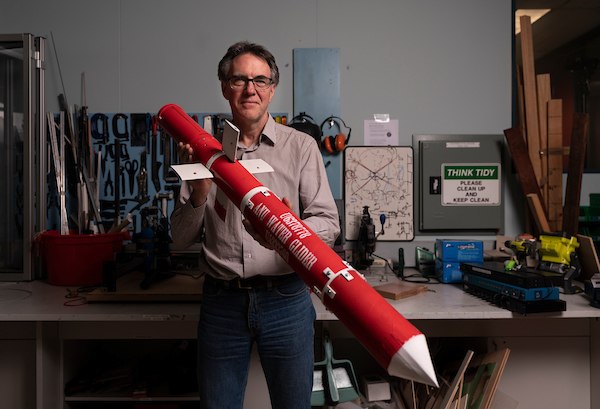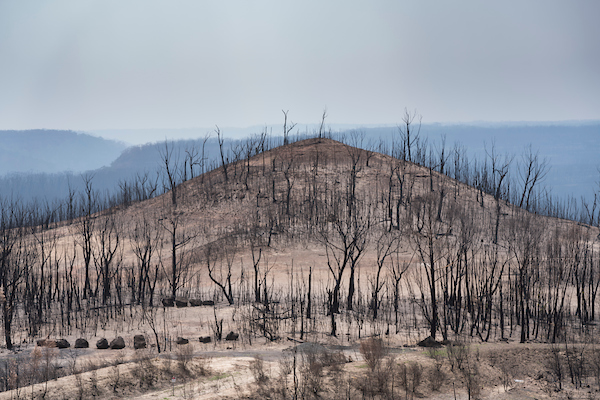The Australian National University (ANU) has joined forces with telecommunications giant Optus to develop a bushfire detection system that could detect bushfires early and put them out “within minutes”, with a pilot program to be implemented here in Canberra.
The early stages will see a pilot of infra-red sensor cameras launched in the ACT, in a trial in partnership with the ACT Rural Fire Service (RFS). Long-range, infra-red camera systems will be placed on towers in bushfire-prone areas, which will allow the ACT RFS to visually monitor and identify bushfires before they become out of control.
“If we are able to improve the speed and accuracy of fire detection it ultimately means we can improve our response and better protect communities and landscapes,” said ACT RFS Acting Chief Officer, Rohan Scott.
Optus Enterprise managing director Chris Mitchell said the infra-red sensor would be the first of many technologies tested for early bushfire detection, “which is absolutely critical to containing disasters before they destroy lives, homes, wildlife and the environment”.

The ANU-Optus Bushfire Research Centre of Excellence will see experts from both the University and Optus work together to undertake research to develop technological solutions that would “predict, identify and extinguish blazes before they become deadly”.
ANU Vice-Chancellor Brian Schmidt said one of those solutions could be auto-piloted water gliders that could extinguish fires within minutes of ignition.
The program hopes to launch a constellation of satellites to complement the fire detection system by 2022 and would look to incorporate a geostationary satellite to help spot and track fires as well as deploy existing technologies.
“As we saw this season, these fires can cause massive destruction to our environment, homes and infrastructure and they cost lives,” Professor Schmidt said.
The program will also look at using existing and new technologies including drones, robotics and satellites to fight bushfires and draw from expertise and research in space, communications, computer vision, sensing systems, defence, data analytics and bushfire science.
The ANU says investment in early bushfire detection could save Australia $8.2 billion over the next 30 years, with bushfires expected to cost the country “at least” $30 billion in that same timeframe.
The program will run until 2024.



